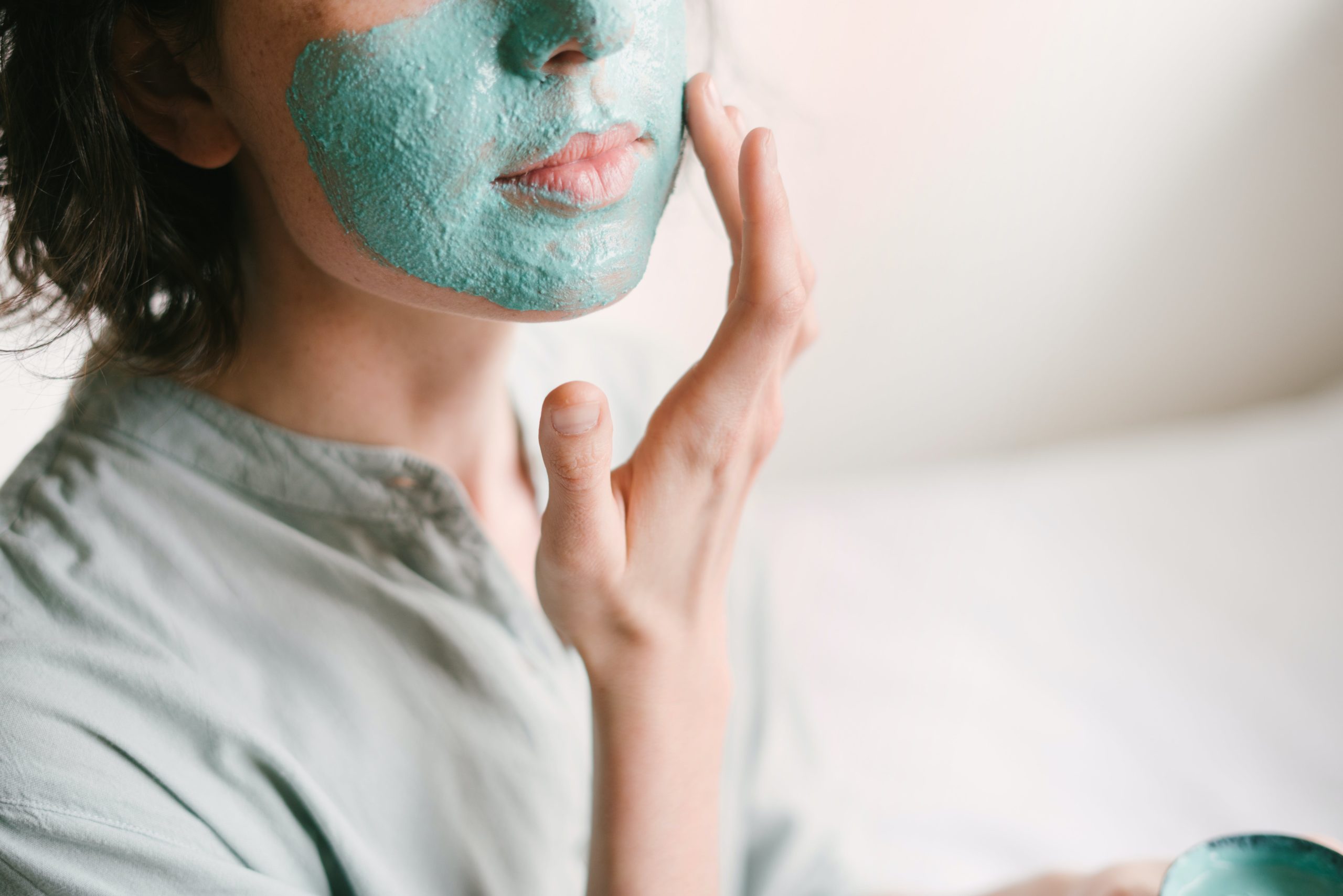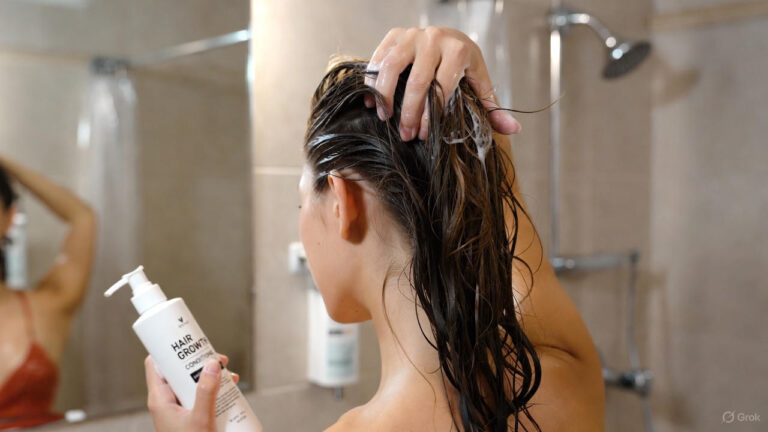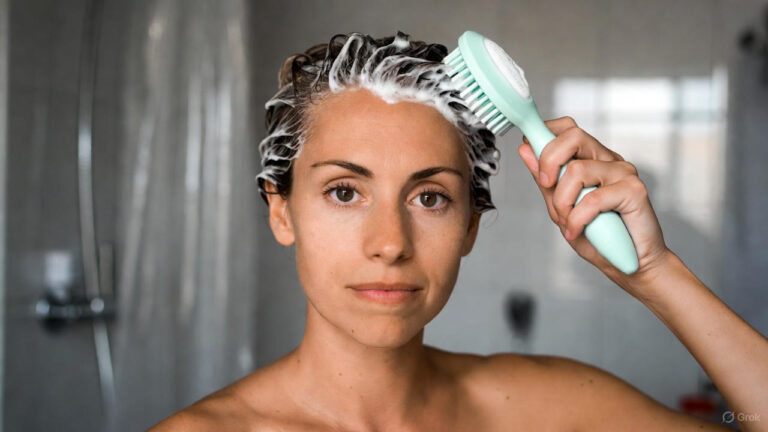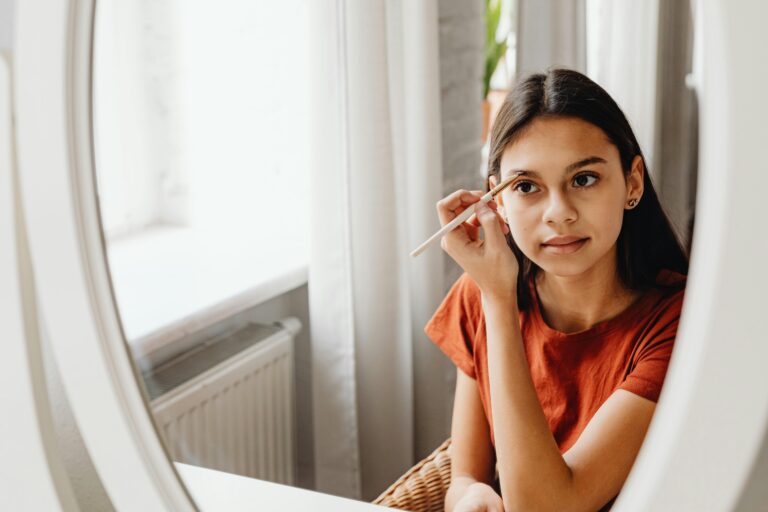In global beauty, indigenous cultures weave an intricate thread, holding ancient beauty rituals that transcend time and geographical boundaries. The beauty practices of these cultures are not merely about aesthetics but are deeply rooted in tradition, spirituality, and connection to nature.
In this exploration, we delve into the beauty rituals of indigenous cultures, unlocking the secrets behind their radiant skin, luscious hair, and holistic well-being.
Beauty Rituals from the Amazon Rainforest
The Power of Nature: In the heart of the Amazon rainforest, indigenous communities have long harnessed the potent healing properties of the diverse flora around them. Ingredients like açaí berries, camu camu, and copaiba oil are key components in their beauty rituals. These natural wonders are rich in antioxidants, vitamins, and anti-inflammatory agents, providing nourishment and protection to the skin.
Spiritual Connection: Beyond the physical benefits, the beauty rituals in the Amazon are intertwined with spiritual practices. Indigenous tribes often engage in ceremonies that honor the spirits of the rainforest, fostering a deep connection between their inner selves and the natural world. This holistic approach to beauty emphasizes the balance between physical and spiritual well-being.
Arctic Beauty Wisdom
Adapting to Harsh Environments: In the harsh climates of the Arctic, indigenous communities have developed beauty rituals tailored to withstand extreme conditions. Embracing ingredients like sea buckthorn oil, derived from resilient berries, these communities combat dryness and protect their skin from harsh winds and freezing temperatures.
Ice and Snow: Ice and snow play a pivotal role in Arctic beauty rituals. Indigenous individuals may use snow as a gentle exfoliant, while ice is applied to the face for its toning and rejuvenating effects. These practices showcase the resourcefulness and adaptability of these cultures in utilizing the elements around them.
Maori Traditions of New Zealand
The Power of Haka: In the vibrant tapestry of New Zealand’s Maori culture, the Haka dance is not just a performance; it’s a beauty ritual. The rhythmic and powerful movements of the Haka are believed to stimulate blood circulation, promoting a healthy complexion and imparting a radiant glow to the skin.
Manuka Honey Magic: Maori beauty rituals often incorporate the use of Manuka honey, renowned for its antibacterial and healing properties. Used as a natural remedy for centuries, Manuka honey is applied to the skin for its moisturizing and rejuvenating effects. The Maori people understand the importance of harnessing the gifts of their land for holistic well-being.
Turquoise Elegance: For the Navajo people of North America, turquoise is more than a beautiful stone; it holds cultural significance in their beauty rituals. Ground into a fine powder, turquoise is mixed with natural ingredients to create pigments for traditional face painting. This practice not only enhances physical beauty but also symbolizes spiritual connection and protection.
Sage Cleansing: Cleansing rituals using sage are integral to Navajo beauty practices. The aromatic smoke from burning sage is believed to purify both the body and spirit, creating a harmonious balance. The Navajo people view beauty as a reflection of inner purity and spiritual alignment.
Conclusion
The beauty rituals of indigenous cultures offer a profound lesson in embracing and celebrating one’s heritage. Beyond the superficial aspects of beauty, these practices are deeply embedded in cultural identity, spirituality, and a harmonious relationship with the environment. As we navigate the modern landscape of beauty, there is much to learn from these timeless traditions that emphasize holistic well-being.
FAQs
Q1: Can I incorporate indigenous beauty practices into my routine?
While it’s essential to respect and understand the cultural context, some elements, like using natural ingredients and embracing holistic well-being, can be adapted into personal beauty routines.
Q2: Are these rituals suitable for all skin types?
Indigenous beauty rituals often focus on natural ingredients that can benefit various skin types. However, it’s crucial to consider individual sensitivities and preferences when incorporating new practices.
Q3: How can I learn more about the cultural significance of these rituals?
Delving into literature, documentaries, or engaging with indigenous communities in a respectful and educational manner can provide deeper insights into the cultural significance of these beauty rituals.



